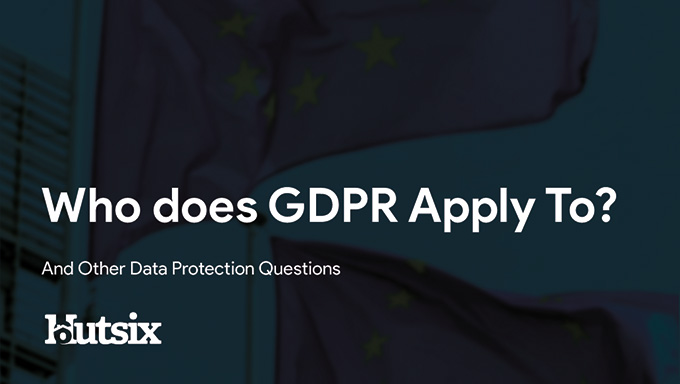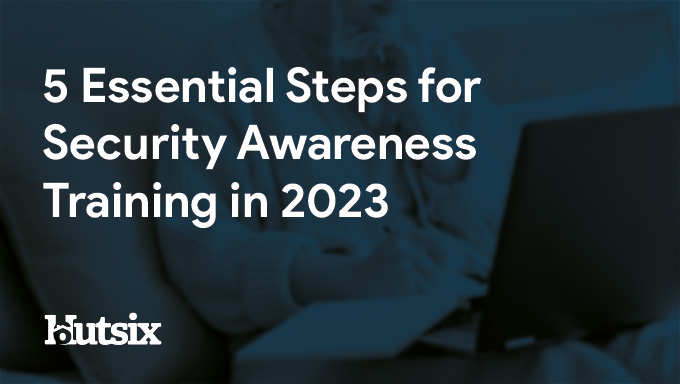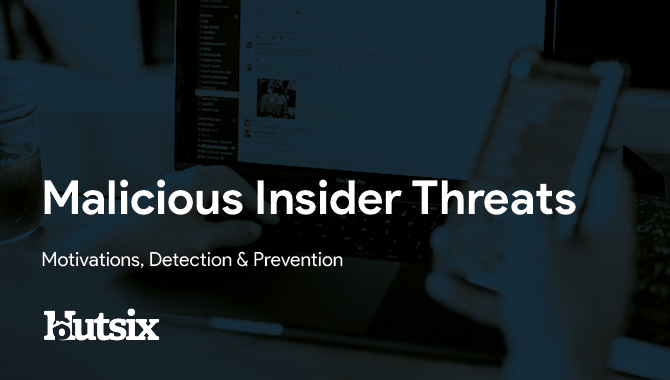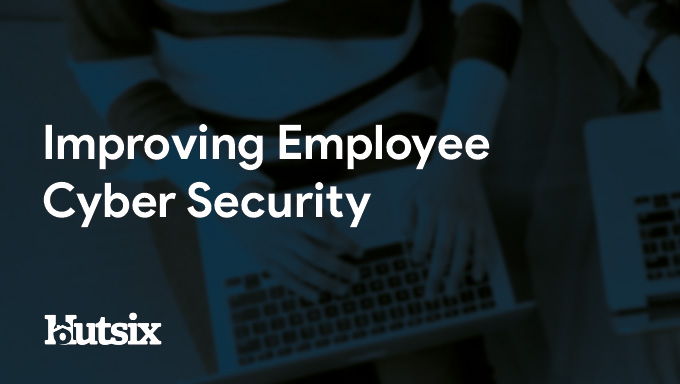Calculating the ROI of Security Awareness Training
In today's digital age, information security is a critical concern for organisations worldwide. With cyber threats evolving rapidly, investing in security awareness training is crucial to mitigate risks and protect sensitive information.
By educating employees about cybersecurity risks and best practices, security awareness training aims to reduce the unfortunate but avoidable human errors that often lead to security incidents.
What is Security Awareness Training ROI?
Security Awareness Training ROI refers to the measure of the financial gain or cost savings achieved through the implementation of security awareness training programs within an organisation.
These training programs aim to educate employees about various aspects of cybersecurity, such as identifying and mitigating security risks, recognising phishing attempts, understanding data protection policies, and adhering to best security practices.
Overall, the goal of security awareness is about reducing the avoidable human errors which lead to the majority of information security incidents.
Calculating ROI
Calculating the ROI for security awareness training involves comparing the cost of implementing the training program to the benefits gained from improved security practices and reduced security incidents. Below is a general formula to calculate ROI:
ROI = (Total Benefits - Total Costs) / Total Costs * 100
Where:
- Total Benefits: Refers to the monetary value of the benefits gained from improved security, such as reduced incidents, minimised downtime, and potential savings from averting costly security and data breaches.
- Total Costs: Includes the expenses associated with developing, deploying, and maintaining the security awareness training program, and ongoing support costs.
Why Calculate Security Awareness Training ROI?
There's no getting away from the fact that the bottom line matters. Though when it comes to investments, such as information security awareness training, the benefits may not be immediately obvious, or perhaps may be overlooked completely.
Despite this, the following are just some of the benefits that contribute to the ROI of security awareness training:
- Reduced Security Incidents: Better-trained employees are less likely to fall victim to variety of threats, including phishing attacks or social engineering attempts, leading to a decrease in security incidents and associated costs.
- Improved Incident Response: Employees who are aware of security best practices can respond more effectively to potential threats, minimising the damage and reducing the recovery time required.
- Enhanced Compliance: Compliance violations can lead to hefty fines and reputational damage (learn more about GDPR fines here). Security training helps ensure employees are well-informed about the organisation's policies and regulations.
- Increased Productivity: Security incidents and downtime can severely hinder productivity. A well-trained workforce can help maintain a secure environment, leading to uninterrupted operations.
- Protected Reputation: Given the potential reputation damage a security incident or data breach can cause, being equipped to mitigate these risks increasingly safeguards an organisation's reputation and customer trust.
- Potential Insurance Savings: Some insurance providers offer reduced premiums to organisations that demonstrate comprehensive security awareness training programs, as it reduces the likelihood of claims.
For a closer look at ROID and building a business case for information security awareness training, check out our blog: Business Case for Security Awareness Training: Bringing Information Security to Your Organisation.
Security Awareness Training
Information security awareness training is an educational program designed to educate employees about cybersecurity risks and best practices across the digital environment. Designed to raise awareness of potential threats such as phishing, social engineering, and data breaches, effective information security awareness training equips users with the skills to make informed decisions which protect sensitive information and systems.
Through interactive modules, simulations, and quizzes, participants learn how to recognise and respond to security threats, adopt safe online practices, and comply with organisational security policies. By enhancing individuals' knowledge and vigilance, this training helps create a security-conscious culture, reducing the likelihood of successful cyber-attacks and safeguarding valuable data and assets.
Effectiveness of Security Awareness Training
Security awareness training can be highly effective in improving an organisation's overall cybersecurity posture and minimising the human errors which lead to breaches and incidents.
When considering ROI, and information security training in general, here are some key factors to keep in mind regarding the effectiveness of security awareness training:
- Quality of Training Content: The training content should be well-designed, engaging, and relevant to the organisation's specific security challenges. It should cover various cybersecurity topics, such as phishing, social engineering, password security, data protection, and device security.
- Interactive and Engaging: Interactive training methods, such as simulations, quizzes, and real-world examples, can keep employees engaged and facilitate better retention of information.
- Targeted and Tailored Approach: Tailoring the training to different employee roles and responsibilities can make it more relevant and applicable to their specific job tasks. Thus, being able to choose for a wide range of information security training tutorials, allows an organisation to train employees in only what is relevant to their specific roles.
- Ongoing and Regular Training: Security awareness is not a one-time event; it requires continuous reinforcement. Regularly scheduled training sessions and updates keep security practices fresh in employees' minds.
- Senior Leadership Support: When senior leadership actively supports and promotes security awareness training, it sets a positive tone for the entire organisation, making employees more likely to take it seriously.
- Measuring and Analysing Results: Organisations must be able to track the effectiveness of their security awareness training through metrics such as reduced incidents, improved simulated phishing click rates, and employee feedback. Analysing these results allows for continuous improvement.
- Addressing Human Behaviour: Security awareness training should focus on affecting meaningful behavioural change, considering the psychology behind security risks, and helping maximising employees' ability to make better decisions in the face of potential threats.
Choosing a Security Training Provider
Although deciding on a security awareness training providing can seem a little overwhelming, by considering the following five key factors, you can decide upon a training provider that aligns with your organisation's requirements, culture, and values, and maximises the effectiveness of the cybersecurity training for your employees.
- Content Quality and Relevance: Evaluate the provider's training content to ensure it covers a comprehensive range of cybersecurity topics relevant to your organisation's needs. The content should be up-to-date, accurate, and tailored to a wide variety of employee roles and responsibilities.
- Measurement and Reporting Capabilities: Inquire about the provider's ability to measure the effectiveness of the training program. Look for features that allow you to track employee progress, assess knowledge retention, and generate reports on overall performance and improvement areas.
- Customisation and Flexibility: Look for a provider that offers customisable training content to tailor the program to your organisation's specific needs and industry. From the ability to design bespoke simulated phishing templates, to customisable course content, choose what best suits your workforce's preferences and business needs.
- Engagement and Interactivity: Effective training should be engaging and interactive to capture participants' attention and enhance knowledge retention. Inquire about the provider's training methodologies, whether they use simulations, quizzes, or real-world scenarios to make the learning experience more dynamic and relevant.
- Support and Customer Service: Consider the level of support and customer service the provider offers. Ensure they are responsive to inquiries, provide technical assistance if needed, and are available to address any concerns during and after the training implementation.
Security Awareness for your Organisation
Enjoyed our blog? Learn more about how Hut Six can help improve you security awareness with training and simulated phishing. Start a free trial now, or book a meeting with one of our experts.
Featured
What is the Impact of Security Awareness Training? - Hut Six
Discover the Impact of Security Awareness Training: Prevent breaches, foster culture, & build trust.
What is Personal Data?
Learn about personal data, its types, and significance in data protection. Explore general and special category data, as well as pseudonymised and anonymised data under the GDPR.
Who Does GDPR Apply To?
Who Does GDPR Apply To? And Other Data Protection Questions/ Information Security blog by Information security awareness provider Hut Six Security.
Does ChatGPT Pose a Cybersecurity Risk
In this blog post, we explore whether AI chatbots like ChatGPT pose a cybersecurity risk. We delve into the potential vulnerabilities and threats posed by chatbots, and discuss measures that can be taken to mitigate these risks. Read on to discover how you can ensure the security of your organisation's chatbot interactions.
How Do I Get Cyber Essentials Certified?
Learn how to obtain Cyber Essentials certification and enhance your organization's cybersecurity posture with our comprehensive guide. Our expert insights will help you navigate the certification process to meet the requirements for Cyber Essentials.
Essential Steps for Security Awareness Training
Starting a security awareness training campaign? Here are 5 essential steps to help ensure information security success.
Malicious Insider Threats - Meaning & Examples
Malicious insider threats can cause massive problems. Here we examine some of the motivations behind attacks and methods of detection organisations can use to reduce risk.
5 Biggest Breaches of 2022 (So Far)
Five of the biggest and most significant data breaches, hacks, and information security attacks of 2022 (so far).
Auditing for GDPR Compliance
Questions to consider when auditing your business or SME for General Data Protection Regulation (GDPR) compliance.
Improving Employee Cyber Security
With human error responsible for many breaches and attacks, we offer some helpful areas for improving employee security compliance.












